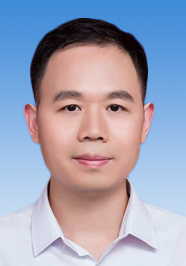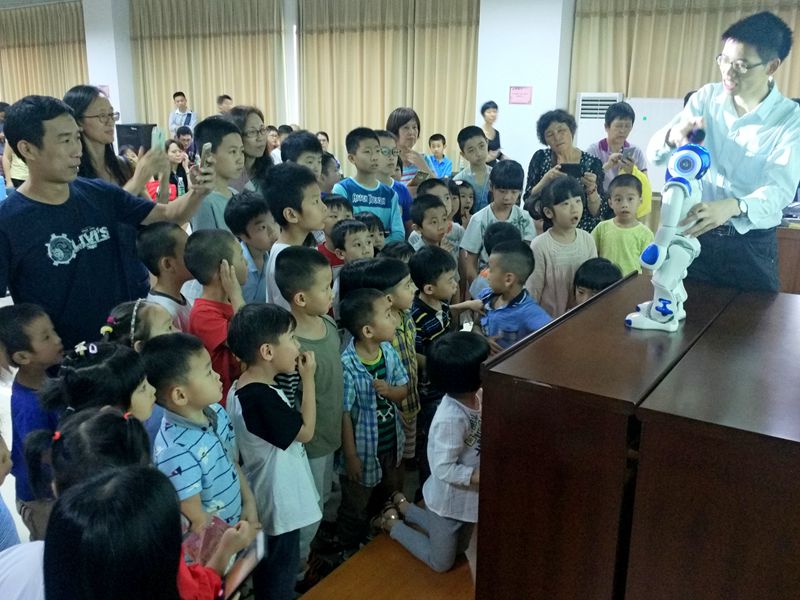2024年05期 v.45 20-31页
何文浩1 林国恩1 武果2 曾勇洲1 梁昌智1 潘安庭1 张浪文3
(1.广州市自来水有限公司,广东 广州 510699
2.中科院广州电子技术有限公司,广东 广州 510070
3.华南理工大学,广东 广州 510640)
摘要:针对取水泵站依靠经验搭配取水泵机组,导致取水泵站功耗较高的问题,提出基于反向传播(BP)神经网络拟合特性曲线的取水泵站优化调度模型。首先,基于BP神经网络分别构建流量-扬程、功率-流量的特性曲线拟合模型;然后,以取水泵机组总功耗最低为目标函数,分析取水泵运行的约束条件,构建优化调度模型;最后,利用改进遗传算法求解取水泵站优化调度模型,通过调整交叉概率和变异概率,避免算法陷入局部最优解。实验结果表明,该优化调度模型比传统人工操作节能,且改进遗传算法具有更好的收敛性,缩短了模型求解时间。
关键词:取水泵站;BP神经网络;水泵特性曲线;遗传算法;节能;优化调度
中图分类号:TH185 文献标志码:A 文章编号:1674-2605(2024)05-0004-12
DOI:10.3969/j.issn.1674-2605.2024.05.004 开放获取
Optimal Scheduling Model for Water Intake Pump Station Based on BP Neural Network Fitting Characteristic Curve
HE Wenhao1 LIN Guoen1 WU Guo2 ZENG Yongzhou1
LIANG Changzhi1 PAN Anting1 ZHANG Langwen3
(1.Guangzhou Water Supply Co., Ltd., Guangzhou 510699, China
2.Guangzhou Electronic Technology Co., Ltd., CAS, Guangzhou 510070, China
3.South China University of Technology, Guangzhou 510640, China)
Abstract: A water intake pump station optimization scheduling model based on backpropagation (BP) neural network fitting characteristic curve is proposed to address the problem of high power consumption caused by relying on experience to match water intake pump units in water intake pump stations. Firstly, based on BP neural network, characteristic curve fitting models for flow head and power flow are constructed separately; Then, with the objective function of minimizing the total power consumption of the water intake pump unit, the constraints on the operation of the water intake pump are analyzed, and an optimization scheduling model is constructed; Finally, an improved genetic algorithm is used to solve the optimization scheduling model of the water intake pump station. By adjusting the crossover probability and mutation probability, the algorithm avoids getting stuck in local optimal solutions. The experimental results show that the optimized scheduling model is more energy-efficient than traditional manual operations, and the improved genetic algorithm has better convergence and shortens the model solving time.
Keywords: water intake pump station; BP neural network; pump characteristic curve; genetic algorithm; energy saving; optimize scheduling
























































